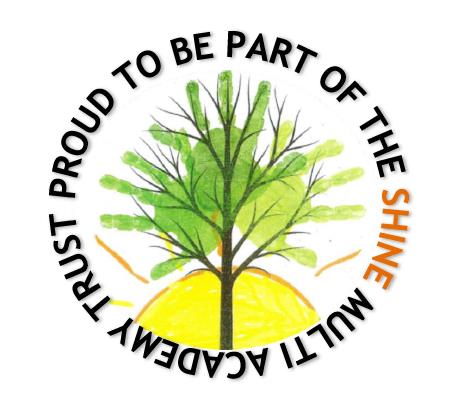Opening The Door To The City Of Gold IHe slowly walked up the light blue concrete stairs. It felt like there were endless stairs. As Esteban walked up the stairs, his hands were slightly shaking. As he scrunched his hands up, he thought to himself ‘shall I do this?’ Esteban took his medallion off and stopped to take a breath. ‘This is it,’ he thought. Esteban looked at it one last time. It felt heavy and it was detailed, carved with ancient symbols. “Come on Zia,” Esteban whispered with excitement. “Let’s do this,” Zia said in a calm voice. “What do you think will be behind the door?” said Zia with excitement. “The city of gold of course,” Esteban replied. Esteban and Zia put their medallions into the door. As they did, the door started to glow. The bottom of the door was pink and as they both stepped back, the middle of the door turned gold. Esteban’s eyes twitched as the door opened. It was like he was paralysed. It was like Esteban was in a dream. The doors finally opened. At first it looked as if a swarm of wasps was going past. As they looked again, the city of gold was revealed. “Oh, how beautiful,” Zia exclaimed. “The city of gold! It’s actually real!” replied Esteban. “My father was right. It’s still here,” exclaimed the priest. By Annie-May Opening The Door To The City Of Gold IIThe Iron Man reading display Where did it come from? Nobody knows. How was it made? Nobody knows. In the first half of the Autumn term, 5G read (and loved) ‘The Iron Man’ by Ted Hughes. This display was made from start to finish in just one hour, with everyone in the class doing a different job. George’s Marvellous Medicine reading display Have you ever started reading and not been able to stop? 5G hadn’t planned to do an investigation of this book: Mr Gardner had just intended to share the first few pages of one of his favourite stories. The class enjoyed it so much that they demanded to read the whole book! They then challenged themselves to create a reading display in even less time than their previous one. This display was made from start to finish in 45 minutes!
As part of their topic on slavery in the USA, the children in year 5 have been composing and performing collaborative pieces of music. The Slave Ship was created by children in 5G using Garageband on the iPad. The children chose a minor chord (either D, E or A minor) then used the notes of the chord to create repeating patterns using a piano sound. We then stacked different layers of piano to create a moving and developing piece. Mr Gardner added some samples of ocean waves to create the feeling of an ocean journey. Listen to how the notes of the minor scale give the music an ominous and melancholy feel. Freedom was created by the children in 5H using Garageband on the iPad. The children chose a major chord (either C, F or G major) then used the notes of the chord to create repeating patterns using a piano sound. We then stacked different layers of piano to create a building and developing piece. Finally, Mr Gardner added a sample of a shaker to strengthen the rhythm. Listen to how the notes of the major scale give the music an uplifting and hopeful feel. Repetitive sample track:
To represent the repetitive nature of a slave’s work we created this rhythmic and repetitive piece. Slaves would use their voices and objects they found while working to create music: to reflect this, we recorded snippets of our voices and sounds around the classroom into Garageband’s sampler. We then sequenced these short sound samples into a repetitive rhythm. In our performance, we used this track as a backing for some of the poetry that the children had written. Our questions and the answers we found Why is the Sun hot? Nuclear reactions are constantly taking place in the Sun’s core, generating huge amounts of heat and light energy. The temperature at the surface (the corona) is even hotter than the core, at 2 million degrees centigrade, although scientists don’t yet understand why. Why do people float in space? Because they are outside the gravitational pull of the planets. How far is it to space? Approximately 100km. Why is it always dark in space? The light from a star travels outward in all directions. Any object, such as a planet, that gets in its way will be illuminated. Otherwise, the light continues to travel Are there other planets like Earth? This is difficult to answer, because we don’t yet have the technology to explore very far into space. Scientists believe that there almost certainly are other Earth-like planets, but not in our galaxy. Here are some other facts that we discovered at the Space Centre:
|
AuthorMr Gardner Archives
March 2017
Categories |



 RSS Feed
RSS Feed
